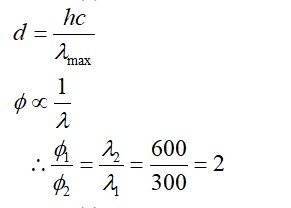10.17. What happens when (i) magnesium is burnt in air, (ii) quick lime is heated with silica (iii) chlorine reacts with slaked lime (iv) calcium nitrate is heated?
10.17. What happens when (i) magnesium is burnt in air, (ii) quick lime is heated with silica (iii) chlorine reacts with slaked lime (iv) calcium nitrate is heated?
-
1 Answer
-
(i) Magnesium is burnt in air to form magnesium oxide and magnesium nitride.
2Mg + O2 → 2MgO
3Mg + N2 → Mg3N2.
(ii) Quick lime is heated with silica above 1273 K to obtain calcium silicate
CaO+SiO2 → CaSiO3.
(iii) Chlorine reacts with slaked lime to form calcium hypochlorite- a constituent of bleaching powder.
2Ca (OH)2 + 2Cl2 → CaCl2 + Ca (OCl)2 + 2H2O.
(iv) Calcium nitrate is heated to obtain CaO, NO2 and O2.
2Ca (NO3)2→2CaO+4NO2+O2.
Similar Questions for you
Li+ has the highest hydration enthalpy.
Hence it is most hydrated
Therefore, Correct order of hydrated radii is Cs+ < Rb+ < K+ < Na+ < Li+
Taking an Exam? Selecting a College?
Get authentic answers from experts, students and alumni that you won't find anywhere else
Sign Up on ShikshaOn Shiksha, get access to
- 65k Colleges
- 1.2k Exams
- 679k Reviews
- 1800k Answers






